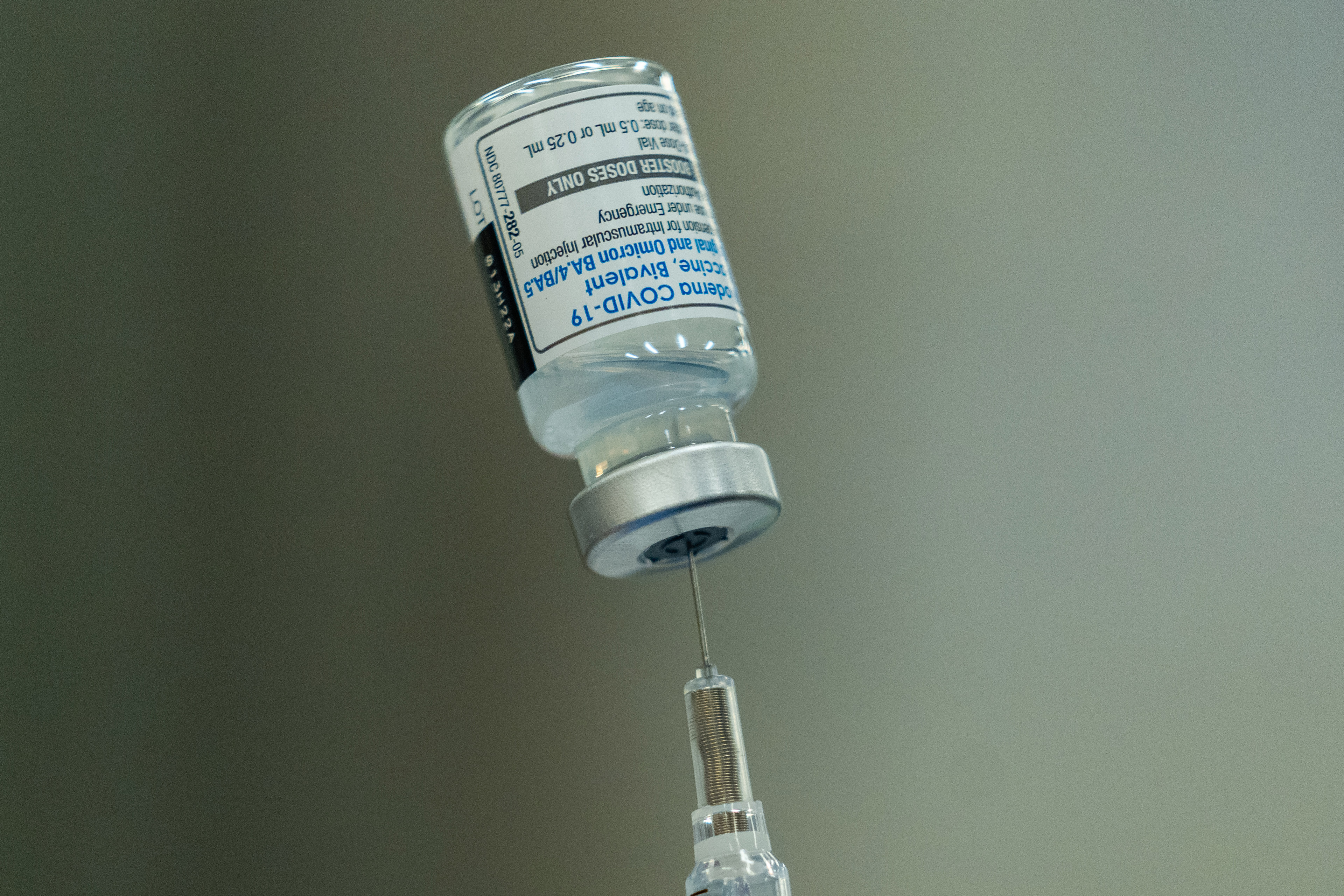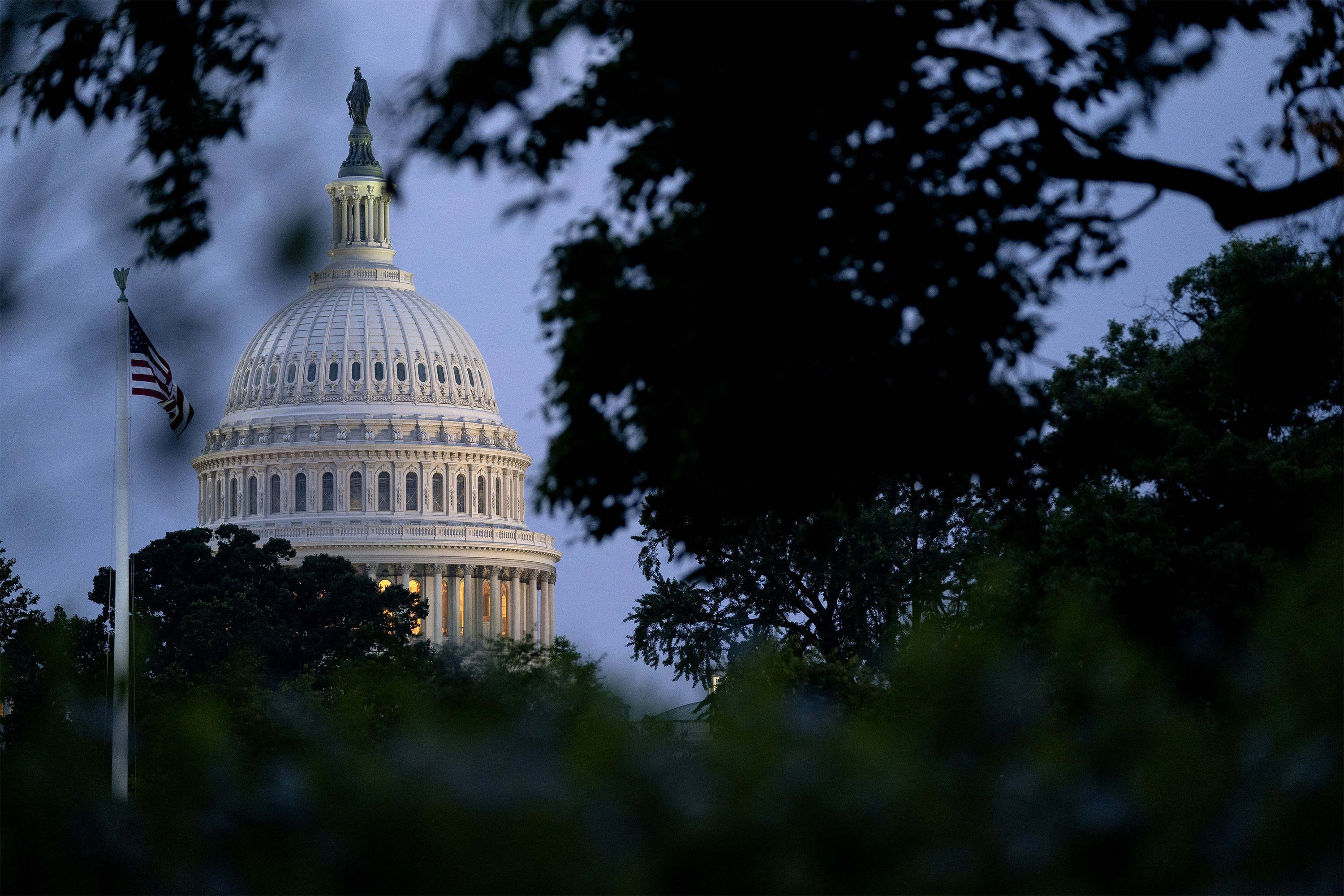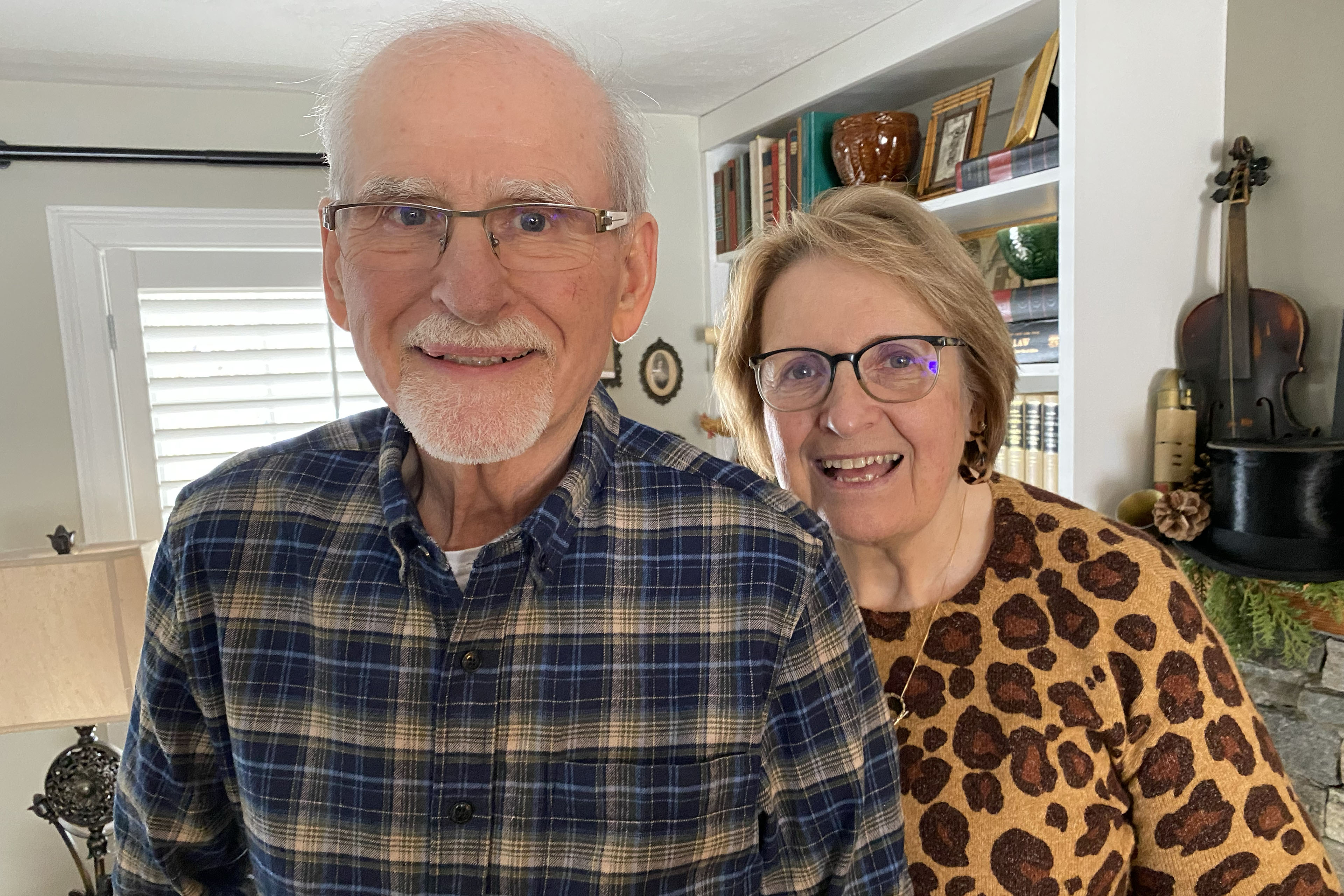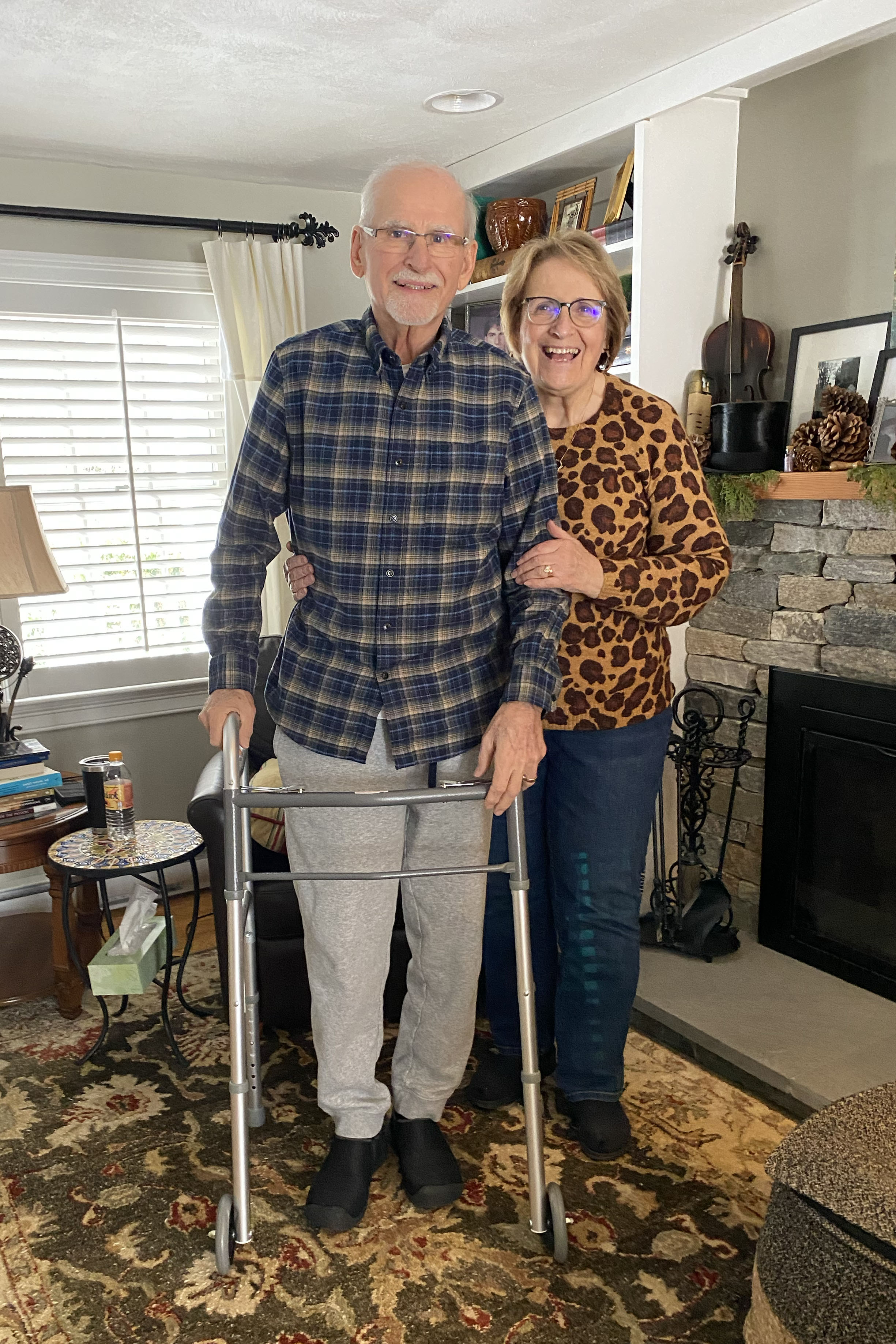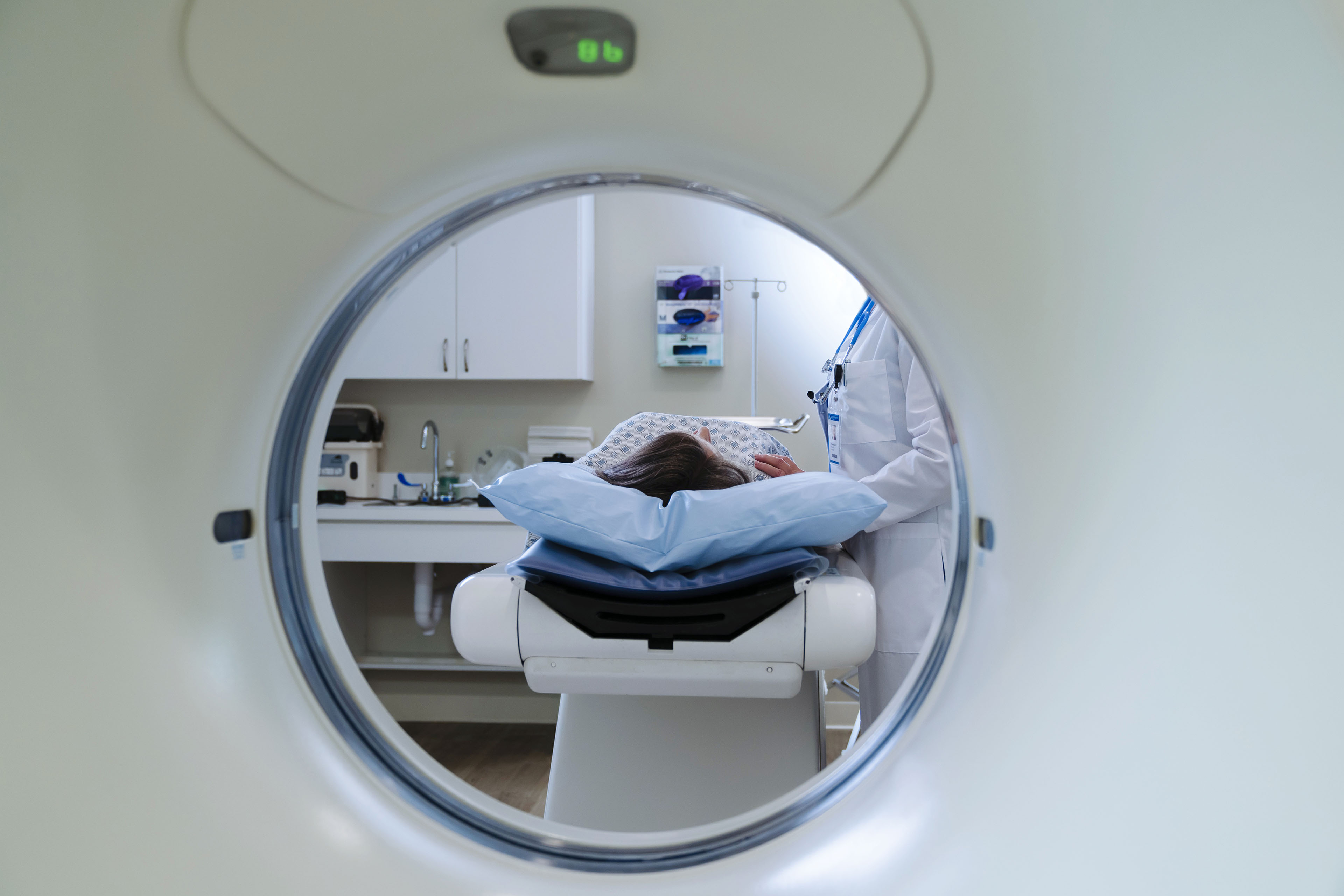
Spending cuts, immigration, and Medicaid are at the top of the Washington agenda. That climate provides fertile ground for misinformation and myths to multiply on social networks. Some of the most common are those surrounding immigrants, Latinos, and Medicaid.
These claims include assertions that Latinos who use Medicaid, the federal-state program for low-income people and those with disabilities, “do not work” and exaggerations of the percentage of people with Medicaid who are Latinos.
The U.S. House voted narrowly on Feb. 25 in favor of a budget blueprint that could lead to Medicaid cuts of up to $880 billion over a decade.
Medicaid and the Children’s Health Insurance Program are part of the national safety net, covering about 80 million people. Medicaid enrollment grew under the Affordable Care Act and after the start of the covid-19 pandemic but then started falling during the final two years of the Biden administration.
Immigrants’ impact on the nation’s health care system can be overstated in heated political rhetoric. Now-Vice President JD Vance said on the campaign trail last year that “we’re bankrupting a lot of hospitals by forcing these hospitals to provide care for people who don’t have the legal right to be in our country.” PolitiFact rated that statement “False.”
KFF Health News, in partnership with Factchequeado, compiled five myths circulating on social media and analyzed them with experts in the field.
1. Do Latinos who receive Medicaid work?
Most do. A KFF analysis of Medicaid data found that almost 67% of Latinos on Medicaid work, “which is a higher share of Medicaid adults who are working compared to other racial and ethnic groups,” said Jennifer Tolbert, deputy director of KFF’s Program on Medicaid and the Uninsured. KFF is a health information nonprofit that includes KFF Health News.
“For many low-income people, the myth is that they are not working, even though we know from a lot of data that many people work but don’t have access to affordable employer-sponsored insurance,” said Timothy McBride, co-director at the Center for Advancing Health Services, Policy and Economics Research, part of the Institute for Public Health at Washington University in St. Louis.
Neither the Department of Health and Human Services Office of Minority Health nor the Centers for Medicare & Medicaid Services responded to requests for comment.
2. Are Latinos the largest group enrolled in Medicaid?
No. White people who are not Hispanic represent the biggest demographic group in Medicaid and CHIP. The programs’ enrollment is 42% non-Hispanic white, 28% Latinos, and 18% non-Hispanic Black, with small percentages of other minorities, according to a CMS document.
Latinos’ share of total Medicaid enrollment “has remained fairly stable for many years — hovering between 26 and 30% since at least 2008,” said Gideon Lukens, research and data analysis director on the health policy team at the left-leaning Center on Budget and Policy Priorities, a research organization.
In a Feb. 18 blog post, Alex Nowrasteh and Jerome Famularo of the libertarian Cato Institute wrote: “The biggest myth in the debate over immigrant welfare use is that noncitizens — which includes illegal immigrants and those lawfully present on various temporary visas and green cards — disproportionately consume welfare. That is not the case.” They included Medicaid in the term “welfare.”
Although Latinos are not the biggest group in Medicaid, they are the demographic group with the greatest percentage of people receiving Medicaid. There are about 65.2 million Hispanics in the country, representing 19.5% of the total U.S. population.
Approximately 31% of the Latino population is enrolled in Medicaid, in part because employed Latinos often have jobs that do not offer affordable insurance.
Eligibility for Medicaid is based on factors such as income, age, and pregnancy or disability status, and it varies from state to state, said Kelly Whitener, associate professor of practice at the Center for Children and Families at Georgetown University’s McCourt School of Public Policy.
“Medicaid eligibility is not based on race or ethnicity,” Whitener said.
3. Do most Latinos living in the country without legal permission use Medicaid?
No. Under federal law, immigrants lacking legal status are not eligible for federal Medicaid benefits.
As of January, 14 states and the District of Columbia had used their own funds to expand coverage to children in the country without regard to immigration status. Of those, seven states and D.C. expanded coverage to some adults regardless of immigration status.
The cost of providing health care to these beneficiaries is covered entirely by the states. The federal government does not put up a penny.
The federal government does pay for Emergency Medicaid, which reimburses hospitals for medical emergencies for people who, because of their immigration status or other factors, do not normally qualify for the program.
Emergency Medicaid began in 1986 under the Emergency Medical Treatment and Labor Act, signed by President Ronald Reagan, a Republican.
In 2023, Emergency Medicaid accounted for 0.4% of total Medicaid spending.
Some conservative lawmakers say immigrants in the country illegally should not get any Medicaid benefits.
“Medicaid is meant for American citizens who need it most — seniors, children, pregnant women, and the disabled,” Rep. Dan Crenshaw (R-Texas) said on social media. “But liberal states are finding ways to game the system and make taxpayers cover healthcare for illegal immigrants.”
4. Do Latinos stay on Medicaid for decades?
Experts say there is no analysis by race or ethnicity of the length of time people use the program.
“The people who stay on Medicaid the longest are people who have Medicaid due to a disability and who live with a medical situation that does not change,” Tolbert said.
People who use long-term Medicaid support services represent 6% of the total number of people in the program.
Many beneficiaries are in the program temporarily, McBride said.
“Some studies indicate that as many as half of the people on Medicaid churn off of Medicaid within a short period of time,” he said, such as within a year.
5. Are Latinos on Medicaid the group that uses medical services the most?
Latinos do not use significantly more Medicaid services than others, experts say. Latinos receive preventive services (such as mammograms, pap smears, and colonoscopies), primary care and mental health care less than other groups, according to documents from CMS and the Medicaid and CHIP Payment and Access Commission, a nonpartisan organization that provides policy and data analysis.
Latinos do account for a disproportionate share of Medicaid labor and delivery services. Latino families and white families each represent about 35% of Medicaid births, although white people make up a bigger share of the overall population.
While Latinos represent 28% of all Medicaid and CHIP enrollees, they account for 37% of beneficiaries with limited benefits that cover only specific services.
“They actually use health care services less than other groups, because of systemic barriers such as limited English proficiency and difficulty navigating the system,” said Arturo Vargas Bustamante, a professor at UCLA’s Fielding School of Public Health and the faculty research director at the university’s Latino Policy and Politics Institute.
Latino people also avoid using services out of fear of the “public charge” rule and other policies, Vargas Bustamante said. President Donald Trump expanded the public charge policy and strongly enforced it during his first term, though it was softened under President Joe Biden. The policy was intended to make it harder for immigrants who use Medicaid or welfare programs to obtain green cards or become U.S. citizens.
“The chilling effect of public charge persists, but recent orders such as mass deportation or the elimination of birthright citizenship have generated their own chilling effects,” Vargas Bustamante added.
This article was produced by KFF Health News, a national newsroom that produces in-depth journalism about health issues and is one of the core operating programs at KFF — the independent source for health policy research, polling, and journalism.
